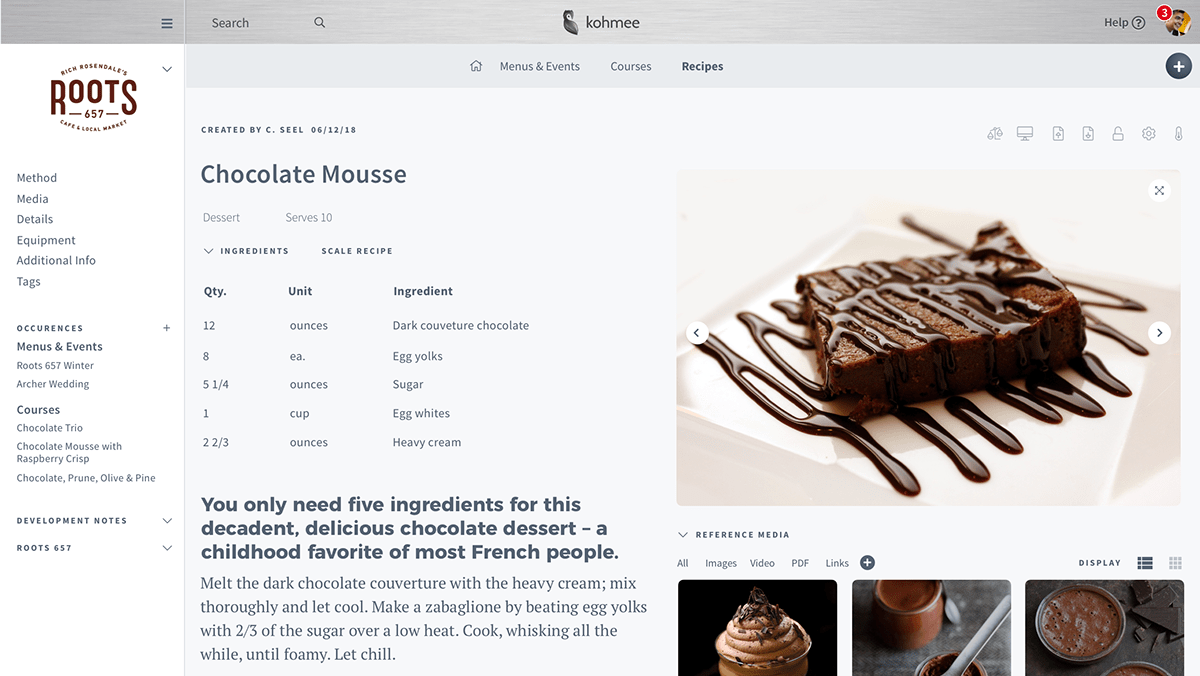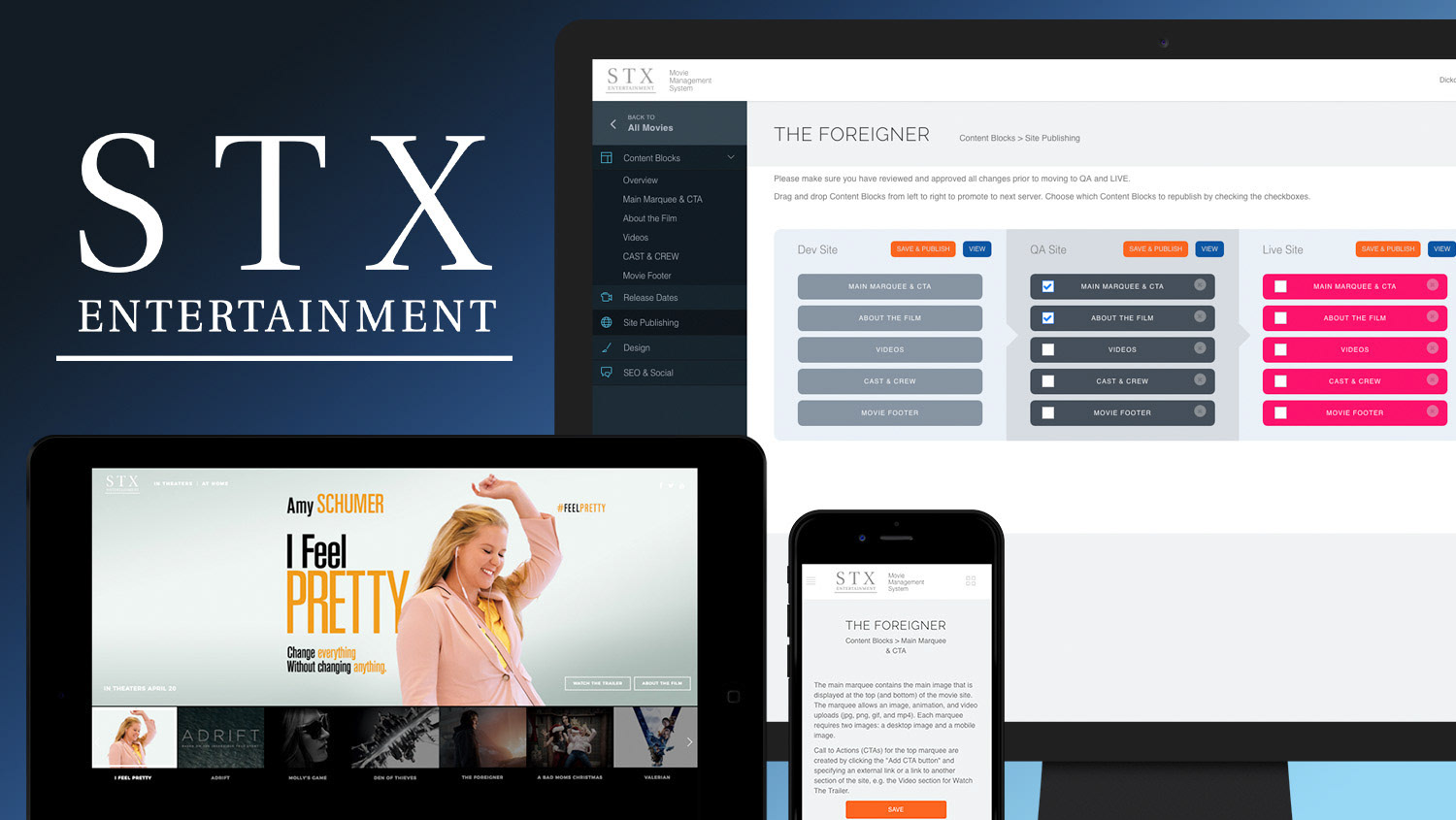OVERVIEW
The MRG Suite is a groundbreaking digital ecosystem revolutionizing support for sexual assault and domestic violence survivors. It harmonizes the efforts of healthcare providers, law enforcement, crime labs, and victim service providers, ensuring survivors receive holistic care and legal support.
The MRG Suite is a groundbreaking digital ecosystem revolutionizing support for sexual assault and domestic violence survivors. It harmonizes the efforts of healthcare providers, law enforcement, crime labs, and victim service providers, ensuring survivors receive holistic care and legal support.
PROJECT BRIEF
Design a new platform based on MRG's previous pilot programs centered around domestic violence and sexual assault reporting.
Design a new platform based on MRG's previous pilot programs centered around domestic violence and sexual assault reporting.
ROLE
I was the lead Product Designer and UX researcher, wearing multiple hats. My duties encompassed user interviews, crafting user experiences, visual design, and leading branding initiatives for this healthcare startup. I collaborated closely with a technical project manager and the lead technical architect at MRG, meticulously creating specifications, user journeys, wireframes, and high-fidelity designs. I also managed the creative team.
I was the lead Product Designer and UX researcher, wearing multiple hats. My duties encompassed user interviews, crafting user experiences, visual design, and leading branding initiatives for this healthcare startup. I collaborated closely with a technical project manager and the lead technical architect at MRG, meticulously creating specifications, user journeys, wireframes, and high-fidelity designs. I also managed the creative team.
METHODS
The MRG Suite adhered to rigorous security standards, notably HIPAA compliance due to its healthcare and law enforcement nature. We conducted extensive research, consulting with state-level stakeholders, hospital managers, healthcare practitioners, law enforcement, and advocacy groups.
The MRG Suite adhered to rigorous security standards, notably HIPAA compliance due to its healthcare and law enforcement nature. We conducted extensive research, consulting with state-level stakeholders, hospital managers, healthcare practitioners, law enforcement, and advocacy groups.
The MRG Suite is a groundbreaking digital ecosystem revolutionizing support for sexual assault and domestic violence survivors. It harmonizes the efforts of healthcare providers, law enforcement, crime labs, and victim service providers, ensuring survivors receive holistic care. This suite of web applications marks a significant leap from previous software and stems from extensive research and collaboration in healthcare and law enforcement. As the lead Product Designer and UX researcher, I played a pivotal role, overseeing the project from concept to high-fidelity design.
I collaborated closely with a technical project manager and the lead technical architect at MRG, meticulously creating specifications, user journeys, wireframes, and high-fidelity designs. I also managed a creative team, including an illustrator and another UX designer.
These initial wireframes were presented to end users in health care and law enforcement for initial feedback and validation. The results refined the development priorities, informed the following user journeys and flows, and streamlined the overall approach.
I used Primary.app to craft user journeys and flows. These images are screenshots of the output. Sadly that platform is no longer in business but it was a great tool for modeling and editing user journeys and flows in an iterative fashion and then linking those to the Figma files of the actual UI.
This screen is specific to the User Journeys, which led to individual functional flows. The flows were reusable actions that appeared in multiple Journeys. This is a very scalable way of building Journeys and Flows. I worked very closely with the lead Architect to ensure that the floas were consistent with how the engineering team would approach building the actual functionality which led to a smoother transition between design and build.
The MRG Suite adhered to rigorous security standards, notably HIPAA compliance due to its healthcare and law enforcement nature. We conducted extensive research, consulting with state-level stakeholders, hospital managers, healthcare practitioners, law enforcement, and advocacy groups. This ensured that the system precisely met their requirements. Our process involved thorough planning, user journey mapping, flow design, and high-fidelity design creation.
This screen below highlights the Flows and one detail view of a Flow with the attached UI.
In addition to Journeys and Flows, I also built modular components for Data, Forms, and Functional Event elements that would be reused in the app. These could then be verified by the Technical PM and referenced by engineering as part of the design specification.
The MRG Suite has earned acclaim from healthcare professionals for its user-friendly and aesthetically pleasing design, setting a new benchmark in medical software. It is now operational across California, serving millions in various counties.
The design system was built on top of Tailwind CSS for efficiency purposes.
The forms used in the MRG Suite are for reporting interpersonal violent crimes and abuse, among other things. A JSON structure informs how the forms are built and makes the platform very flexible. Because of this the form UI had to follow strict rules and was very modular so that forms could be built dynamically based on the JSON input.
The MRG Suite empowers healthcare providers to efficiently document survivors' injuries, medical needs, forensic exams, and risk assessments. With a simple click, the system alerts law enforcement, crime labs, and victim service providers, fostering a united approach to survivor care. Partner dashboards maintain everyone's awareness of survivors' well-being and care access. Furthermore, the suite offers public health departments and partners customized reporting dashboards and analytical tools for care analysis.
The body map illustrations are custom SVG illustrations. I managed the illustrator and manually updated the SVG code to work within the system we built for scaling and recording findings. The body map tool is dynamic so any SVG, when configured correctly can be fed into the system, and will be displayed correctly to allow findings and markers to be added and recorded. The final version is printed out in sections on the completed PDF document.
The completed reports generated by the MRG Suite are time-stamped and "locked" PDF files that are considered legal documents used in court cases and as evidence with expert witnesses. The layout of these documents had to be legible, consistent, and easy to follow and has become a standard that is helping law enforcement and District Attorneys successfully do their work across the state of California, and hopefully across the rest of the United States.






